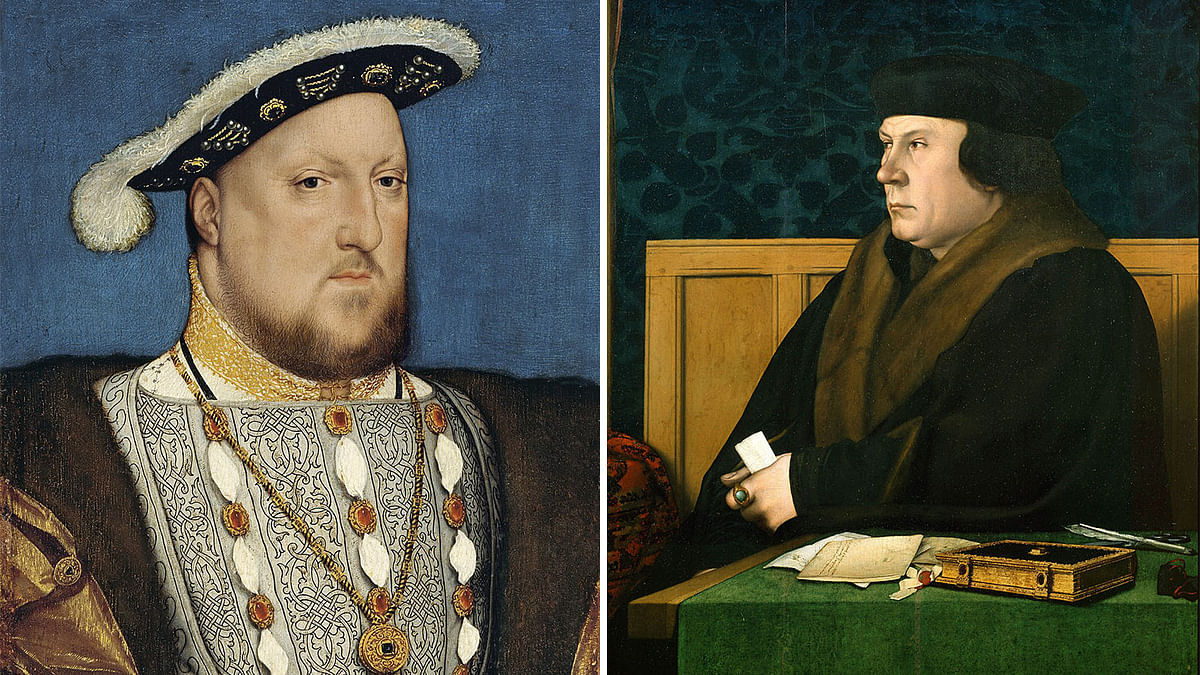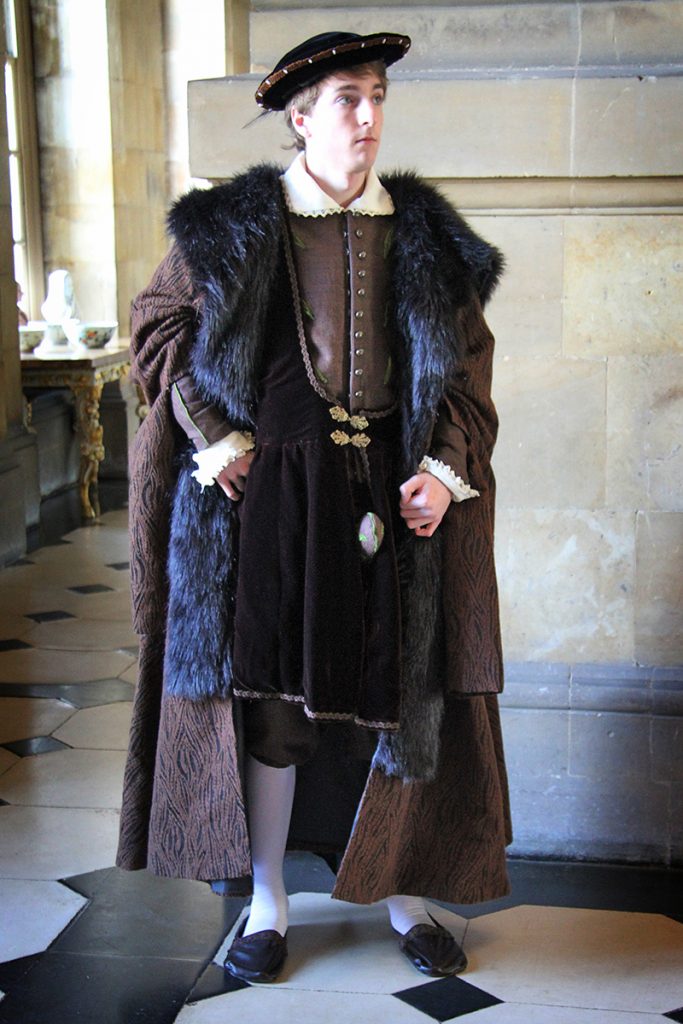| Live | Match | Time |
|---|---|---|
| Live 1 | Düren Vs Bayern München | 20:00 |
Thomas Cromwell
Thomas Cromwell. 1485 - 28 July 1540), momentarily Lord of Essex, was an English legislator and attorney who filled in as boss pastor to Ruler Henry VIII from 1534 to 1540, when he was decapitated on requests of the lord, who later faulted fraudulent allegations for the execution.
Cromwell was one of the most remarkable advocates of the English Transformation. As the ruler's main secretary, he organized new authoritative strategies that changed the activities of government. He assisted with designing an abrogation of the lord's union with Catherine of Aragon so Henry could legitimately wed Anne Boleyn.[3] Henry neglected to acquire the endorsement of Pope Merciful VII for the cancellation in 1533, so Parliament embraced the ruler's case to be Preeminent Top of the Congregation of Britain, giving him the power to revoke his own marriage.
Cromwell in this way diagrammed an outreaching and reformist course for the Congregation of Britain from the exceptional posts of Vicegerent in Spirituals and Vicar-general (the two titles allude to the equivalent position).[4]: 658, fn. 2
During his ascent to drive, Cromwell made numerous adversaries, including Anne Boleyn, with his new thoughts and absence of honorability. He properly assumed a conspicuous part in her downfall.[5] He tumbled from power in 1540, in spite of being made Lord of Essex that year, in the wake of orchestrating the ruler's union with the German princess Anne of Cleves. The marriage was a fiasco for Cromwell, finishing in a cancellation a half year after the fact. Cromwell was charged under a demonstration of attainder (32 Hen. 8. c. 62) and executed for treachery and sin on Pinnacle Slope on 28 July 1540. The lord later communicated lament at the deficiency of his main priest and his rule never recuperated from the occurrence.
Early life
It is accepted that Cromwell was brought into the world in Putney, then, at that point, part of Surrey.[6] In 1878, his origin was still important:
The site of Cromwell's origination is as yet brought up by custom and is in some action affirmed by the review of Wimbledon Estate [… ] for it depicts on that spot 'an old bungalow called the smith's shop, lying west of the roadway from Richmond to Wandsworth, being the indication of the Anchor'.[7]
The Anchor was arranged in current Brewhouse Path, close to the Thames in Putney (albeit another custom puts the smithy higher on Putney Slope, at the edge of Putney Heath).[8]
Cromwell was brought into the world around 1485, the child of Walter Cromwell (c. 1450 - c. 1514[9]), a yeoman, more full and fabric trader, and proprietor of both a hostelry and a brewery.
A famous custom that he likewise carried on the exchange of metalworker might have emerged from his utilization of the elective last name of "Smith", as opposed to really rehearsing the trade.[10][11] Diarmaid MacCulloch portrays as "dreams" the well known accounts that Walter was a brutal man, corrupt in his transactions: these stories depend on a mixed up comprehension of Putney manorial court records, where common conflicts are not effortlessly recognized from criminal procedures, or fines for penetrating brew quality principles from "a routine manorial process for permitting lager selling".[12] As an effective dealer, Walter was consistently called upon for jury administration and was chosen Constable of Putney in 1495.[13] A very much educated however unknown contemporary recorder composed that Walter was of Irish parentage, yet biographer James Gairdner has distinguished Cromwell family establishes in Norwell, Nottinghamshire.[14][15]
Thomas' mom, by and large named as Katherine Meverell, was from a perceived "nobility family" in Staffordshire.
She resided in Putney in the place of a nearby lawyer, John Welbeck, at the hour of her union with Walter in 1474.[13]
Cromwell had two sisters: the senior, Katherine, wedded Morgan (ap William) Williams, a Welsh legal counselor's child who came to Surrey as a supporter of Lord Henry VII when he laid down a good foundation for himself in the close by Richmond Palace;[11] the more youthful, Elizabeth, wedded a rancher, William Wellyfed. Katherine and Morgan's child, Richard, was utilized in his uncle's administration and by the harvest time of 1529 had changed his name to Cromwell. Richard Cromwell was the extraordinary granddad of Oliver Cromwell.[16][17]
France, Italy and the Low Nations
Cromwell proclaimed to Ecclesiastical overseer of Canterbury Thomas Cranmer that he had been a "rascal [… ] in his young days".[13] In his childhood he left his family in Putney and crossed the Channel to the Landmass.
Records of his exercises in France, Italy and the Low Nations are problematic and disconnected. The story that he previously turned into a hired fighter and walked with the French armed force to Italy, where in 1503 he faced in the Conflict of Garigliano, initially originates from a brief tale by the contemporary Italian writer Matteo Bandello where Cromwell is a page to a trooper, conveying his pike and cap, as opposed to a warrior himself.[18]
This story was subsequently taken up as truth by numerous essayists, strikingly John Foxe in his Actes and Landmarks of 1563.[19] Diarmaid MacCulloch acknowledges that the particulars in Bandello's account propose that it is in excess of a designed record, however James Gairdner, while recognizing that Cromwell's extended period of birth is questionable, brings up that he might have been essentially as youthful as 13 upon the arrival of the fight. While in Italy, he entered administration in the family of the Florentine broker Francesco Frescobaldi, who protected him off the Florentine roads, where he was starving subsequent to leaving the French mercenaries.[20][14] Later, he visited driving commercial habitats in the Low Nations, residing among the English vendors and fostering an organization of contacts while learning a few dialects.




